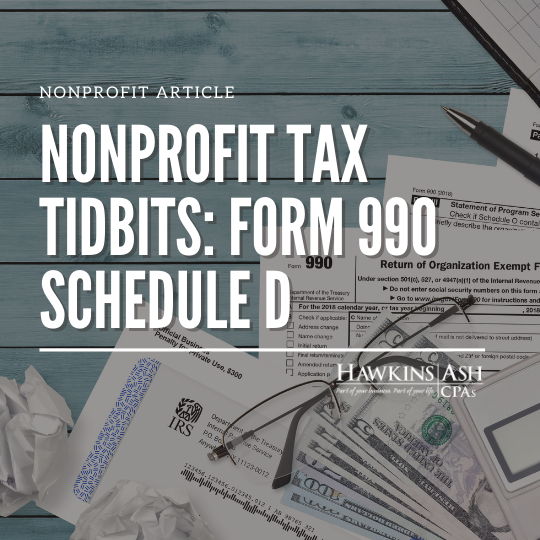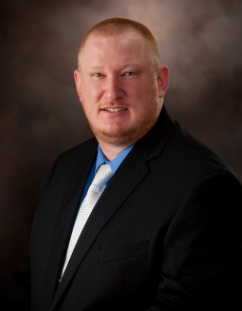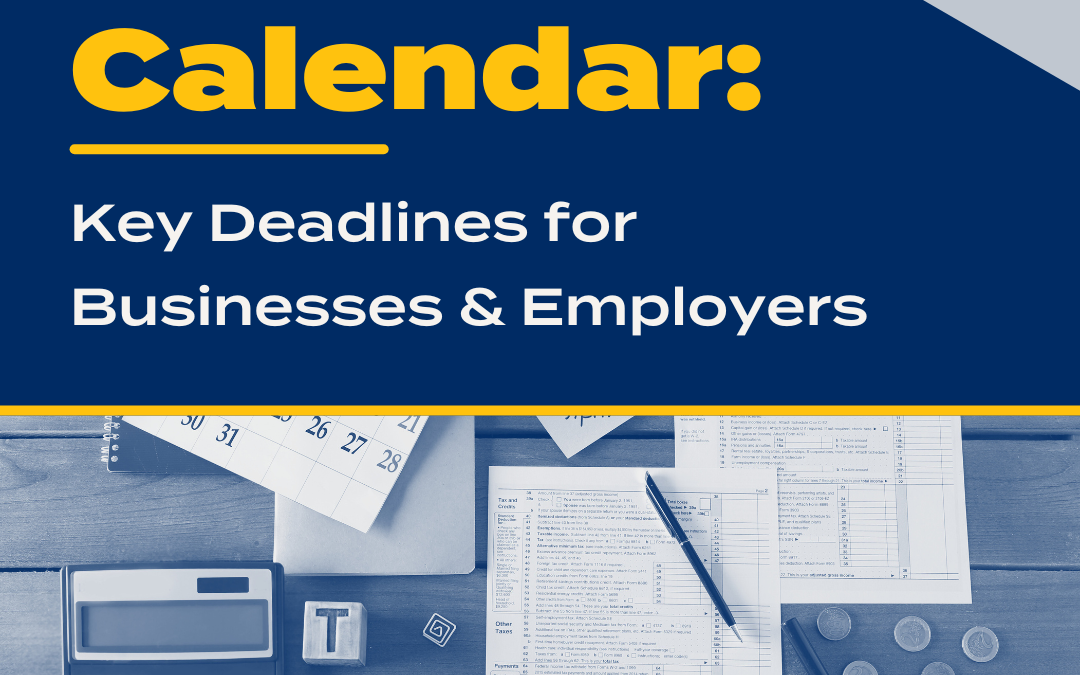The fourth installment in our series on the sections of the IRS Form 990 focuses on Schedule D – Supplemental Financial Statements.
Schedule D is used by an organization to provide the required detailed reporting of donor advised funds, conservation easements, certain art and museum collections, escrow or custodial accounts and arrangements, endowment funds, and supplemental financial information. Schedule D is included with Form 990 only, meaning it is not required if the organization files Form 990-EZ or Form 990-PF. There are multiple questions asked on the checklist of the required schedules section of Form 990 that may trigger the requirement to file Schedule D.
In general, Schedule D is intended to help the readers and users of the financial statements and the Form 990 understand the differences between GAAP and IRS reporting requirements. The various sections of Schedule D provide a breakdown of these differences.
Read on to learn more about the significant sections of Schedule D and areas your organization should focus on in order to be ready to provide additional information when preparing the schedule.
Donor Advised Funds
Generally a donor advised fund is a fund or account that is separately identified by reference to contributions of a donor(s), owned and controlled by a sponsoring organization, and for which the donor advisor has or reasonably expects to have advisory privileges. For Schedule D reporting purposes, donor advised funds are not limited to funds or accounts that meet the definition of “funds” under GAAP.
A donor advised fund does not include any fund or account:
- That makes distributions only to a single identified organization or governmental entity
- In which a donor or donor advisor gives advice about which individuals receive grants
- That the IRS exempts from being treated as a donor advised fund because either such fund or account is advised by a committee not directly or indirectly controlled by the donor or donor advisor or because such fund benefits a single identified purpose
Due to the difference in GAAP vs. IRS reporting requirements of donor advised funds, it is important to have a breakdown of the funds that meet the GAAP requirement for financial statement reporting as well as the funds that require disclosure on Schedule D.
Conservation Easements
This section is completed if the organization receives or holds a conservation easement, including easements to preserve open space, the environment, historic land areas, or historic structures. It is important to track non-financial information (staff and volunteer hours devoted to monitoring, inspecting, handling of violations, and enforcing conservation easements for the year) for Schedule D disclosure. Also note that qualified conservation contributions received during the year must be reported on Schedule A (Public Charity Status), Schedule B (Schedule of Contributors), and Schedule M (Noncash Contributions) and reported consistently with how the organization reports revenue from such contributions in its books, records, and financial statements.
Endowment Funds
Similar to financial statement disclosures, Schedule D provides additional information regarding an organization’s endowment funds. One difference from GAAP financial statement reporting is that Schedule D reports endowment balances and activity for the current year and the prior four years. Schedule D requires the intended uses of the organization’s endowment funds be disclosed; this information can be found in the notes to financial statements.
Assets and Liabilities
Various sections of Schedule D provide an opportunity to disclose additional details about some of the organization’s assets and liabilities. For example, Part VI (Land, Buildings, and Equipment) of Schedule D provides more detail on the total included on Part X (Balance Sheet) of Form 990 for fixed assets. Part VI also provides a section for investment-related property to be disclosed; such as fixed assets held for an investment, like rental properties. Schedule D also has various sections to disclose investment in securities information. In order to complete Schedule D properly, it is important to have information on any closely held stock the organization may own. In addition, if the organization owns 5% or more of the outstanding shares of the same class of publicly-traded stock, or if publicly-traded stock in a corporation comprises more than 5% of the organization’s total assets at year end, each are required to be disclosed on Schedule D.
Reconciliation from Audited Financial Statements to the Form 990
If an organization has audited financial statements, Schedule D Parts XI and XII are required to reconcile revenue per the audited financials to the Form 990 and to reconcile expenses per the audited financials to the Form 990. Most of this information is obtained during the audit of the financial statements. The most common reconciling items include:
- Unrealized gain or loss on investments
- Donated services
- Investment expenses
Unrealized gain or loss on investments may be grouped with “investment income” on the financial statements. Form 990 does not take into account unrealized gain or loss in arriving at total revenue, thus it is a reconciling item on Schedule D. Donated services (such as donated accounting or attorney fees) are required to be included in the financials per GAAP, but not per the IRS, thus the need for a reconciling item on Schedule D. Investment expense may be reported on the financial statements with investment revenue, net of expense. However, for Form 990 reporting, the investment revenue and expense must be reported at gross, thus the need to reconcile it on Schedule D.
If you have any questions regarding Form 990 Schedule D, please contact your Hawkins Ash CPAs representative.





